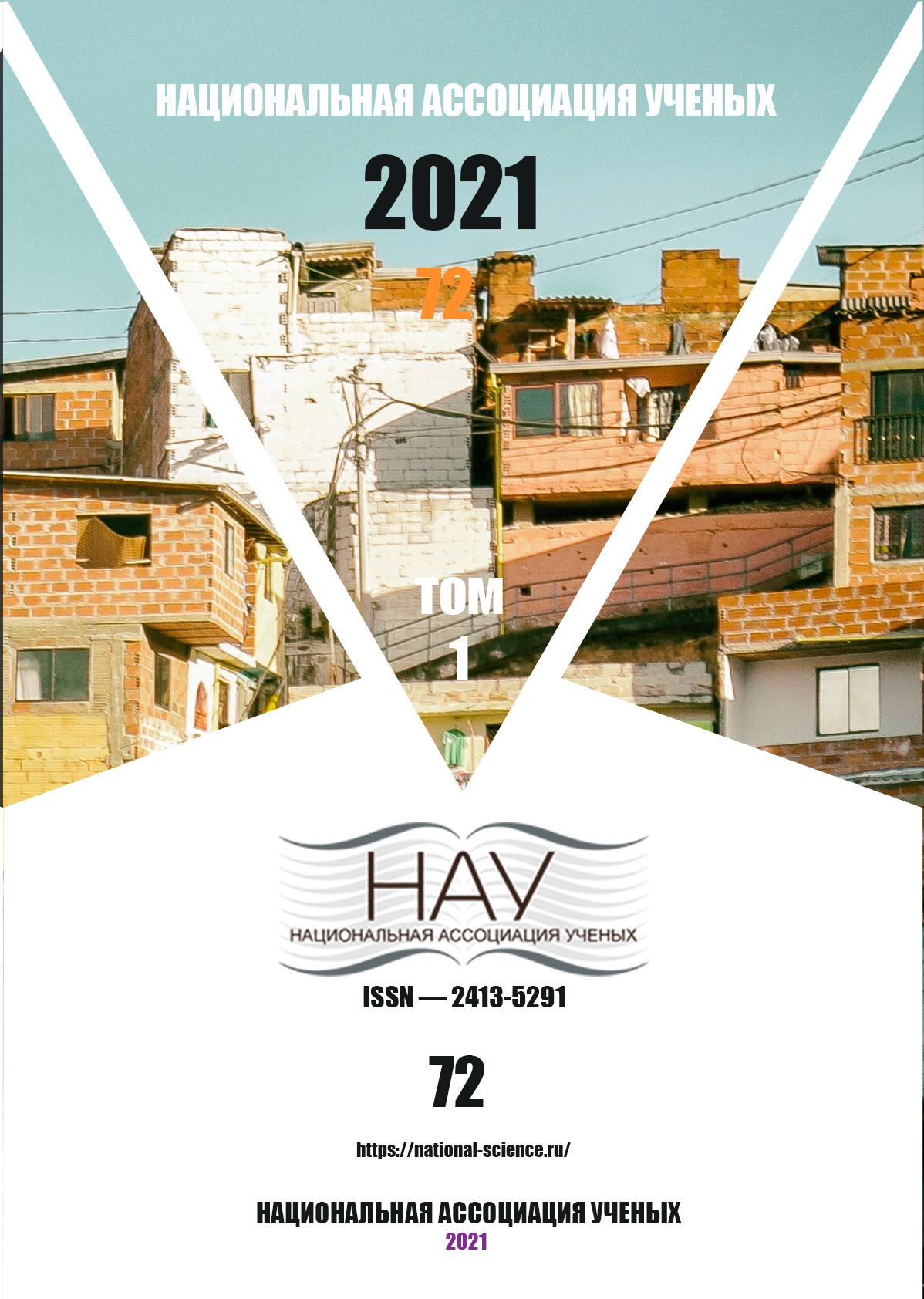INNOVATIVE ACTIVITY AS A FACTOR OF IMPROVEMENT COMPETITIVENESS OF RAILWAY TRANSPORT
Keywords:
innovation; railway transport; competitiveness; efficiency.Abstract
The article discusses approaches to the definition of the concepts of innovation, competitiveness of enterprises, goods, services and establishes their role in the economic development of the enterprise, The strategy of innovative development of JSC "Russian Railways" holding is analyzed, priority directions of innovative activity of railway transport are highlighted.
References
Batasheva M. A., Batasheva E. A. Konkurentosposobnost predpriyatiya: sushnost i sposoby ee effektivnogo povysheniya // Molodoj uchenyj. -2015. -№21.
Veselova, Yu. V. Innovacionnyj harakter strategicheskih scenariev razvitiya zheleznodorozhnogo transporta Rossii / Yu. V. Veselova // Ekonomika i yurisprudenciya: teoriya i praktika: VII Mezhdunarodnaya nauchno-prakticheskaya konferenciya, Sankt-Peterburg, 20 marta 2016 goda. – Sankt-Peterburg: Nauchnyj zhurnal ''Globus'', 2016. – S. 40-45.
Porter M. Biografiya. [elektronnyj resurs] https://ru.wikipedia.org/wiki/Porter,_Majkl_Yudzhi n
Rasporyazhenie Pravitelstva RF ot 17.06.2008 g. № 877-r «O Strategii razvitiya zheleznodorozhnogo transporta v Rossijskoj Federacii do 2030 goda» (vmeste s «Planom meropriyatij po realizacii v 2008-2015 godah Strategii razvitiya zheleznodorozhnogo transporta v Rossijskoj Federacii do 2030 goda»).
Strategiya nauchno-tehnologicheskogo razvitiya holdinga «Rossijskie zheleznye dorogi» na period do 2025 goda i na perspektivu do 2030 goda («Belaya kniga»).
Frolova, Yu. A. Klientoorientirovannyj podhod k obsluzhivaniyu passazhirov na zheleznodorozhnom transporte / Yu. A. Frolova, Yu. V. Veselova // Nauka i obrazovanie transportu. – 2020. – № 1. – S. 208-211.
Downloads
Published
Issue
Section
License

This work is licensed under a Creative Commons Attribution-NoDerivatives 4.0 International License.
CC BY-ND
A work licensed in this way allows the following:
1. The freedom to use and perform the work: The licensee must be allowed to make any use, private or public, of the work.
2. The freedom to study the work and apply the information: The licensee must be allowed to examine the work and to use the knowledge gained from the work in any way. The license may not, for example, restrict "reverse engineering."
2. The freedom to redistribute copies: Copies may be sold, swapped or given away for free, in the same form as the original.





